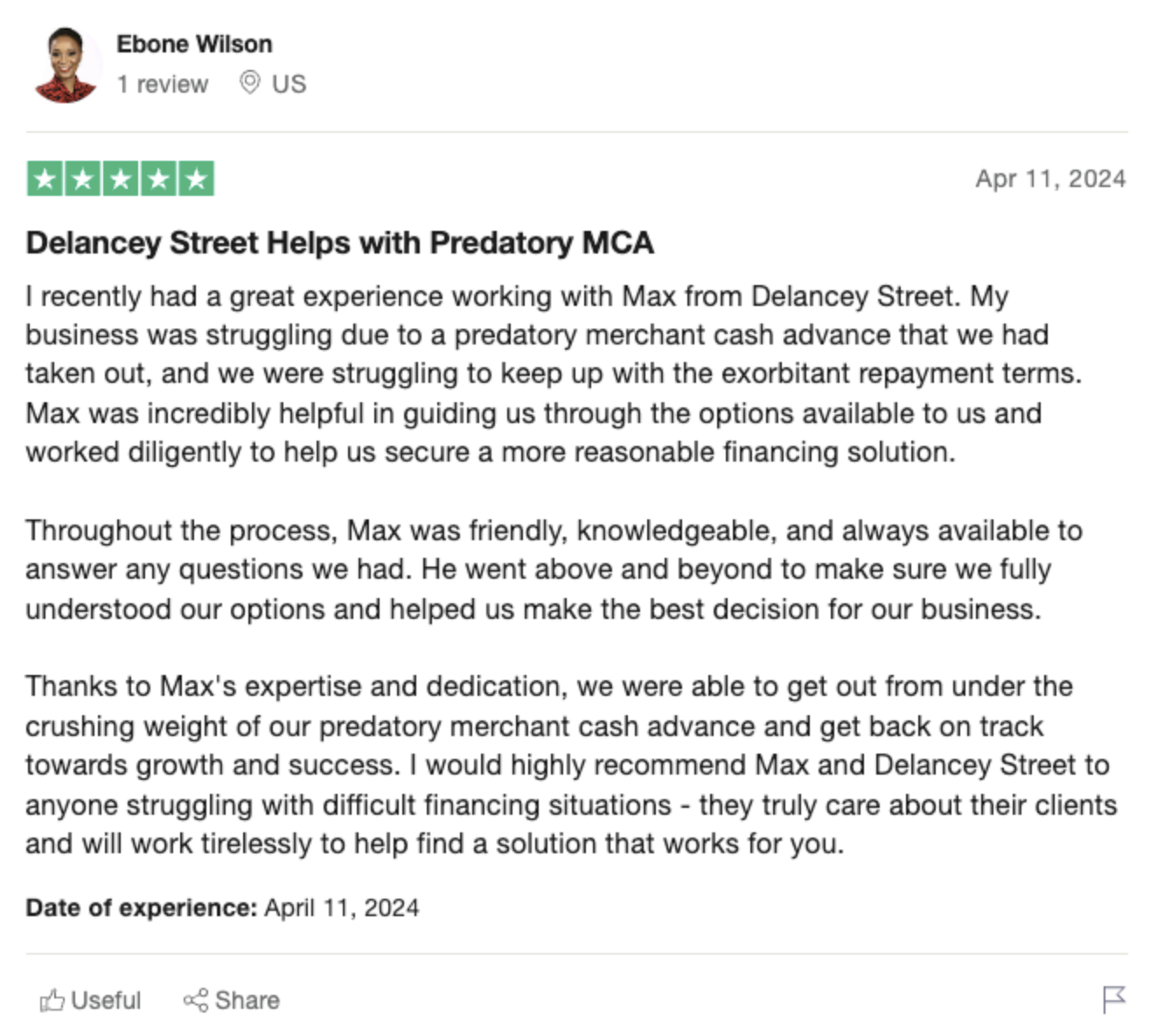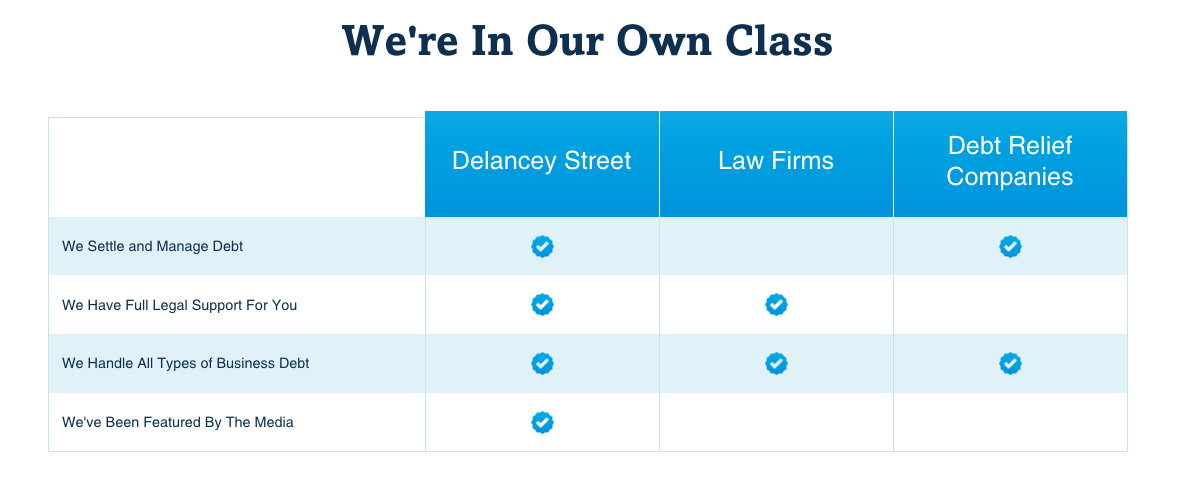The Brutal Truth About Debt Settlement vs Consolidation
Drowning in debt? Creditors hounding you? You need a lifeline, fast – but which one? Debt settlement, or debt consolidation? Both promise relief, yet they’re radically different beasts.
Let’s cut the fluff: this decision could make, or break, your financial future. No room for mistakes here.
What is Debt Consolidation?
Debt consolidation rolls your existing debts into one, neat, fresh loan. One payment, one interest rate – simple, right? Well, yes, and no.
You see, to qualify for prime consolidation rates, your credit must be pristine. Blemishes, and you’re stuck with subprime rates that could cost you more in the long haul.
But, let’s say you make the cut: consolidation preserves your credit rating. Your debts get “paid in full” status – a big green tick for your file.
The upside? Streamlined repayment on potentially better terms. The downside? You’re still servicing 100% of that debt. Is treading water really your goal?
 -
-Enter: Debt Settlement
Debt settlement is the “nuclear option” – it could vaporize a huge chunk of what you owe. How? By negotiating directly with creditors to accept a reduced lump sum as “full payment.”
Sounds great in theory, but, in practice? Well, let me ask you this: have you ever tried to wrestle a grizzly? Because that’s what dealing with debt collectors is like.
They will fight, tooth and nail, to squeeze every penny from you. Only elite debt settlement firms, like Delancey Street, have the clout and expertise to force them to the table.
The Debt Settlement Gambit
Here’s how it plays out: you stop paying creditors entirely, and instead stash funds into a dedicated account. Your debt settlement team then spends 2-4 years negotiating owed amounts down – way down.
Once a settlement is struck, you pay the reduced lump sum. The debt vanishes, just like that. Sounds perfect, right?
Well, not quite. You see, that multi-year delinquency period? It utterly obliterates your credit rating. Any bankruptcy filing would be preferable on your record.
So, while debt settlement could save you tens of thousands, it also torches your credit for 7-10 years. Can you accept that? It’s a brutal trade-off only you can decide upon.
Which Path to Take?
Both options provide paths out of debt hell. Consolidation is the “white knight” approach – it preserves your credit integrity while simplifying repayment.
Debt settlement is more akin to burning down the village to root out the debt infestation. It’s scorched earth, financial rebirth via self-inflicted credit destruction.
Only you can decide which approach fits your circumstances. But make no mistake – this is one of the most crucial financial decisions of your life. Choose wisely.
Still Weighing Your Options?
If you’re still unsure which path to take, know this: the experts at Delancey Street have decades of experience guiding clients through exactly this dilemma.
We offer fully transparent, no-obligation consultations to explore your specific situation and needs. Our team will lay out all possibilities with ruthless honesty – even if it means advising against our own services.
Why? Because you deserve the unvarnished truth. Every client receives white glove treatment from attorneys who live and breathe getting results.
So if you’re drowning in debt, gasping for air, know that Delancey Street is here to throw you a lifeline. Reach out today and let’s map a way forward, together.
 -
-The Bottom Line:
Debt consolidation is the path of least resistance, but it keeps you shackled to your full debt load. Debt settlement obliterates your credit yet could save you massive sums.
Only you can decide which trade-off you’re willing to accept. But whatever you choose, having an elite firm like Delancey Street in your corner massively improves the odds of a successful outcome.







